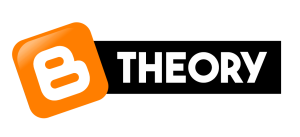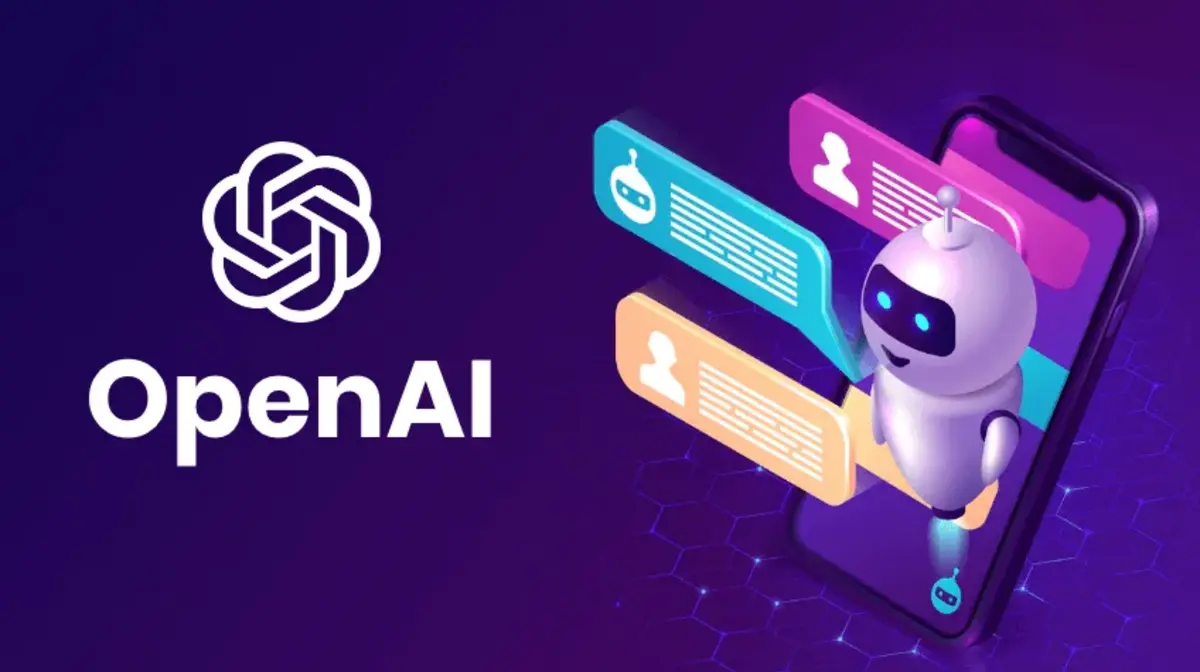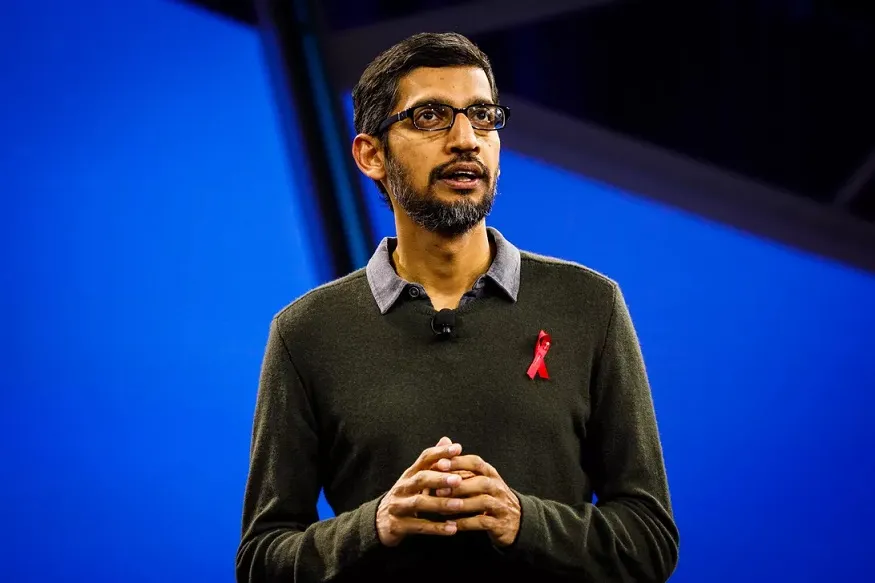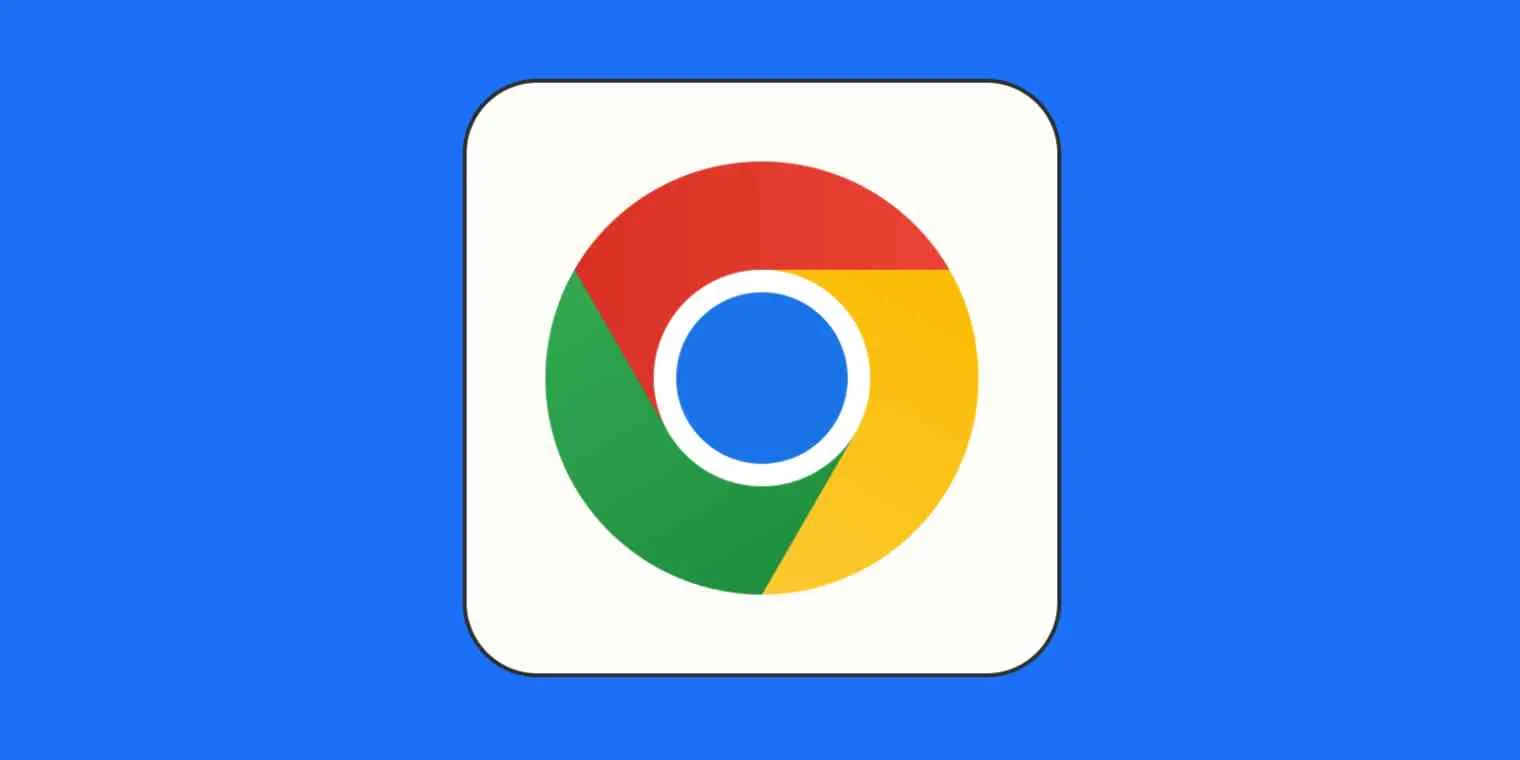ChatGPT is an artificial intelligence chatbot capable of interacting with people and generating unique, human-like text responses.
Using a large language model (LLM) that is trained on large amounts of data from the Internet, ChatGPT can answer questions, write essays, give advice, and write code fluently and naturally.
What is ChatGPT?
Created by artificial intelligence company OpenAI in 2022, ChatGPT is a large language model chatbot capable of communicating with users like a human. It can answer questions, write essays, give advice, and write code.
GPT in ChatGPT stands for “General Pre-trained Transformer”, which is a language model that uses deep learning and natural language processing to generate natural, human-like text based on a given text input.
In short, ChatGPT “allows us to talk to AI, and it allows AI to talk to us,” tech industry analyst Jeff Kagan told Built In. “It has the power to do a kind of computer version of thinking.”
How Does ChatGPT Work?
ChatGPT is powered by a large language model built from neural networks trained on massive amounts of information from the Internet, including Wikipedia articles and research papers.
This allows ChatGPT to take a sequence of words supplied by the user, such as a half-finished sentence, and fill in the blanks with the most statistically likely word given the surrounding context – a sort of autocomplete. This process happens iteratively, building from words to sentences, paragraphs, and pages of text.
To sift through terabytes of Internet data and transform it into text responses, ChatGPT uses a technology called Transformer Architecture (hence the “T” in its name).
The language models used in ChatGPT are specifically optimized for dialogue and were trained using reinforcement learning from human feedback (RLHF). This approach incorporates human feedback into the training process so that it can better align its output with user intent (and lead to more natural-sounding dialogue).
“It really integrates and organizes the subjective judgment of humans into the model training process,” Sam Stone, director of product management, pricing, and data products at real estate tech firm Opendoor, told Built In. This is not only used to help the model determine the best output, but it also helps improve the training process, making it able to answer questions more effectively.
Who created ChatGPT?
OpenAI, a San Francisco-based AI research company, created and launched ChatGPT on November 30, 2022.
OpenAI was founded in 2015 by billionaire business mogul Elon Musk and former Y Combinator President Sam Altman, along with a few other entrepreneurs.
Before ChatGPT, OpenAI launched several products, including automatic speech recognition software Whisper and DALL-E, an AI art generator that can create images based on text signals.
Initially, OpenAI was a non-profit organization focused on developing artificial intelligence “that is more likely to benefit all of humanity, without the need to generate financial returns”, according to a 2015 statement. -For-profit arm, it officially became a “capped profit” corporation in 2019.
What can ChatGPT do?
ChatGPT is quite practical, especially in business applications. According to Raghu Ravinutala, co-founder and CEO of customer experience startup Yellow.AI, it has influenced how everyday people experience the Internet in “profound ways.”
“We have already seen it,” Ravinutala told Built In. “And I think as this technology continues to evolve and be adopted, we’re headed for much bigger things.”
Create Content
ChatGPT is one of many AI content generators that tackle the art of the written word – whether it’s a news article, press release, college essay, or sales email.
All the user has to do is go to ChatGPT and type a quick prompt. If they want to create a blog post about the health benefits of sweet potatoes, all they have to do is type “Write an article about the benefits of sweet potatoes.” The model will then create a draft that the user can edit and refine as needed.
Edit, Translate and Summarize Content
ChatGPT can be used for writing tasks other than just content creation. It can translate a piece of text into different languages, summarize multiple pages of text into a single paragraph, finish partially complete sentences, generate dialogue, and more. It can also be fine-tuned for specific use cases like legal documents or medical records, where models are trained on domain-specific data.
Write Code
ChatGPT can not only generate its own working computer code (in many different languages), but it can also translate code from one language to another, and even debug existing code. Based on its training, ChatGPT has read countless documents that any single programmer can see, which is why it can write code in a matter of seconds, as well as provide step-by-step explanations.
Some developers were so excited by ChatGPT’s capabilities that they actually used it to create their own apps, including a spreadsheet assistant capable of performing complex calculations in response to a simple request.
Answers to Questions
ChatGPT can be used as a search engine. like. However, instead of a list of websites, it will provide users with a simple list of answers. For example, if you ask ChatGPT a question like “What sites should I see on my upcoming vacation to Paris?” or “What are some gift ideas for Father’s Day?” This will provide you with your own answers. Some people have also used ChatGPT for advice on relationships and finances.
Customer Service Assistance
ChatGPT and other conversational AI models have generated a lot of buzz in the customer service arena, providing a way to automate responses to customer questions rather than relying on a human agent. Ravinutala said larger language models like ChatGPT can be used by customer experience companies to automate customer service interactions, allowing companies to better understand user intent and respond accordingly. Yellow.AI’s sales team has already started using ChatGPT to write emails to customers, with humans making minor edits if needed, he said.
How to access ChatGPT

How Can You Access ChatGPT?
ChatGPT can be accessed on your mobile browser or computer/laptop. Using ChatGPT is very easy. To know how to use chatGPT, follow the steps mentioned below:
Step 1: Visit https://chat.openai.com/auth/login to get started.
Step 2: Sign up on this website by entering your full name.
Step 3: Verify your account through a code sent to your mobile phone or email ID.
Step 4: Once the verification is completed from your end, you can begin using it.
Is ChatGPT Free?
ChatGPT is free to use. But for those who want to upgrade to the free version, there is also a paid subscription version available called ChatGPT Plus. It costs $20 per month to register.
For $20/month, ChatGPT Plus offers
• Access to ChatGPT, even during peak hours when servers are at capacity.
• Fast response time.
• Priority access to new ChatGPT features and improvements.
ChatGPT Limitations
Despite its features, ChatGPT is not perfect. It has its limitations – especially when it comes to issues of inaccuracy and bias.
Wrong Information
ChatGPT’s reliance on data found online makes it vulnerable to misinformation, which in turn may affect the veracity of its statements. This often leads to what experts call “hallucinations”, where the output generated is stylistically correct but factually incorrect.
If ChatGPT is being used to write news articles, or ask questions about historical events, or seek health care advice, hallucinations may become a bigger issue. Or, in the case of a New York attorney, use ChatGPT to brief a client in a personal injury case (where it inadvertently cited six non-existent court decisions).
Instead of asking for clarification on an unclear question or saying it doesn’t know the answer, ChatGPT will simply guess what the question means and what the answer should be. And, because the model is so spectacularly capable of providing misinformation, fallacies are difficult to detect and control.
All this led to a lot of backlash against ChatGPT.
“It’s still an experiment,” Ravinootala said. “You cannot rely 100 percent on the results of ChatGPT.”
Biased Reactions
ChatGPT also gives biased results. Most people know that, just because something is on the Internet, does not make it true. Racism, sexism, and prejudice of all kinds run rampant online, and it is up to the individual to value it. ChatGPT doesn’t have that capability. So, despite the guardrails that OpenAI has put in place to prevent this, chatbots still have a tendency to let biases (both subtle and implicit) creep into their outputs.
“There are things that have existed in the past that these statistically oriented models will pursue, but we don’t want to project those associations into the future. This is especially dangerous if we don’t even know what those associations are.” , Stone said. “We have to be really careful.”
Work Interruption
Professional writers and marketers in various industries are worried that ChatGPT and other AI writers could take over their jobs.
Stone doesn’t think that’s likely, though: “When technology makes people more productive, more people get employed,” he said, comparing it to what the invention of the personal computer or the Internet did to the productivity of office workers.
Technology like ChatGPT will serve as a resource, not a replacement, for many professionals. “We will use the language model to help us brainstorm and write the first draft. But then the value of domain experts will continue to refine it and make it better than whatever the model can produce.
Plagiarism
ChatGPT’s impressive writing capabilities have not been without controversy. Teachers are concerned that students will use it to cheat, leading some schools to block access to it entirely.
ChatGTP4 vs ChatGPT
In March 2023, OpenAI released GPT-4, a highly anticipated language model that will be the underlying engine powering ChatGPT going forward. The model is multimodal, meaning that it accepts both images and text as input, although it produces only text as output.
GPT-4 performs much better than GPT -3.5, which was the foundation of the first ChatGPT. According to OpenAI, the new model was given a full range of professional and academic benchmark tests, and while it was “less capable than humans” in many scenarios, it demonstrated “human-level performance” in many of them.
For example, GPT-4 managed to score well enough to be in the top 10 percent of examinees on the simulated bar exam, while GPT-3.5’s score was in the bottom 10 percent. OpenAI also claims that GPT-4 is generally more reliable than GPT -3.5 – producing more factual answers that stay within guardrails that prevent biased output and other issues.
Nevertheless, like GPT-3.5 and similar systems, GPT-4 is also flawed. It still has a tendency to create information. And it’s still possible for the model to spew biased or inappropriate language.
And there’s a lot we don’t know about GPT-4. OpenAI has disclosed very little about how large the model is, claiming both competitive and security reasons as to just how much data it has been trained on.
Future of ChatGPT
ChatGPT started what some prognosticators are calling the generative AI “arms race,” in which tech companies compete to produce advanced AI technology and bring the best AI chatbots to market.
Given the success of ChatGPT, Microsoft introduced a new version of its search engine, Bing, with an AI chatbot (powered by GPT-4) in February 2023. Google unveiled its AI chatbot called Bard. In March 2023.
Ultimately, OpenAI is working towards ultimately achieving artificial general intelligence, where a machine can behave and act like humans. “We are here to build AGI,” co-founder and CEO Altman said in an interview with StrictlyVC.
For now, “This technology is amazing, but it’s still the first generation,” said tech industry analyst Kagan, comparing ChatGPIT to what the Ford Model T did for cars. “It was a really exciting innovation, but it was nothing compared to what we’re driving today.”
What does it mean when ChatGPT is at capacity right now?
When users log in to the ChatGPT website, they receive a message stating “ChatGPT is currently at capacity”. This means that a large number of people are attempting to use ChatGPT, exceeding the server’s capacity, and resulting in disruption to the site for some users. This in itself highlights the importance of ChatGPT among the people. To avoid this, people can visit the site after some time or refresh it from time to time.
Apart from getting the message “ChatGPT is currently at capacity”, people also face an error code 1020, network unavailable, etc. This happens because the chatbot’s servers become overwhelmed with the request volume they receive.
Google Bard AI
To compete with AI bots, Google launched its own AI named Google Bard. It was launched in February 2023 and is developed on the Lambda model (Language Model for Dialog Applications). This means it can conversationally answer your questions, just like ChatGPT.
However, it was criticized for giving inappropriate factual data within days of its launch. Therefore, it is still in the development stage. Thus, to be fully utilized with 100% accuracy, Google employees are working tirelessly to compete with ChatGPT.
Frequently Asked Questions
Does Chatgpt have an app?
Yes – ChatGPT app is available for Android, iPhone, and iPad devices. It can be downloaded from Google Play for Android or App Store for iOS devices.
Can I use ChatGPT for free?
Yes – you can use ChatGPT for free, but for advanced features, you will have to purchase a paid plan.
When was ChatGPT launched?
Yes – ChatGPT was launched on 30 November 2022. It is the fastest-growing consumer application in history and has managed to gain more than 100 million monthly users by January 2023.






